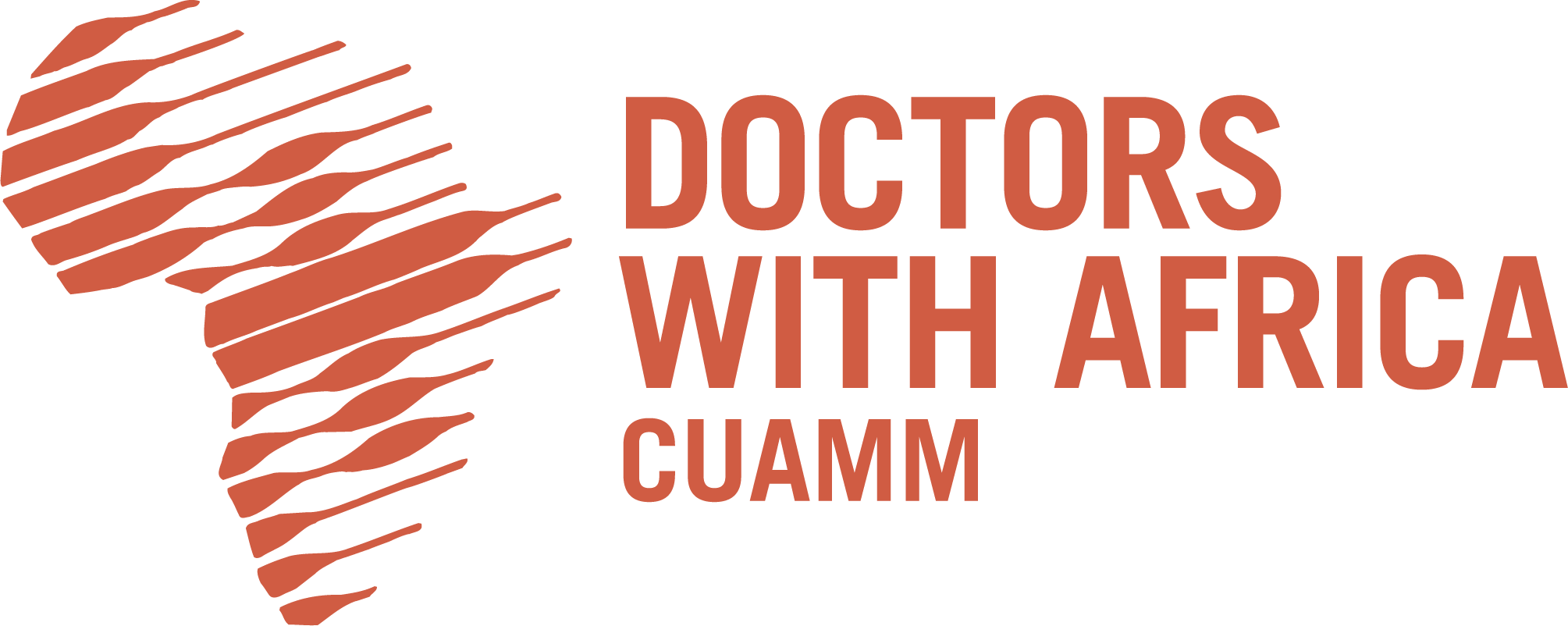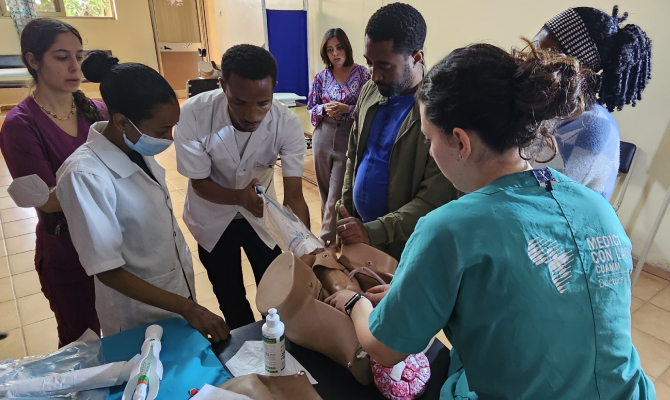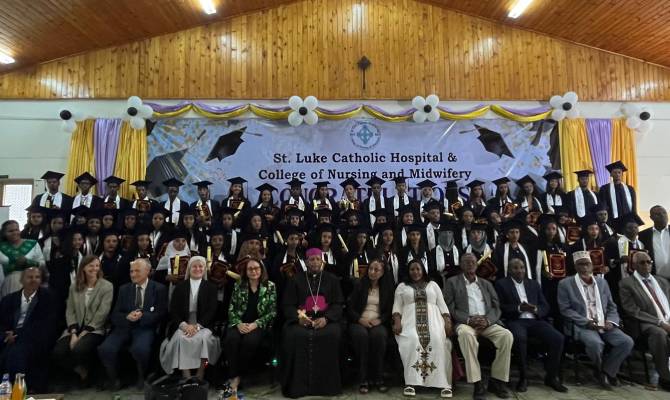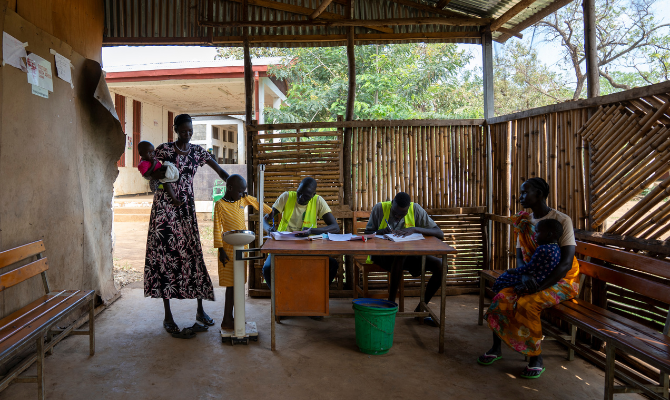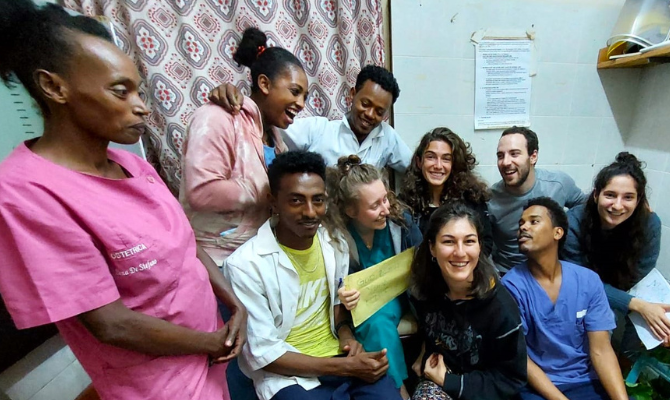A delegation from the Fonds d’Innovation pour le Développement (FID), Anushka Chawlaa and Amina Zakhnouf, accompanied by Laura Braga in representation of CUAMM, and Mario Merialdi representing MNHI visited St. Luke Hospital in Wolisso, Ethiopia where the first feasibility study to test the effectiveness of OdonAssist is underway. While clinical trials have already been conducted in France and England, the device, a strategic innovation for childbirth assistance in case of prolonged labor, has taken the African continent for the first time, through the fruitful collaboration between FID, CUAMM and the Besançon Regional University Hospital Center.
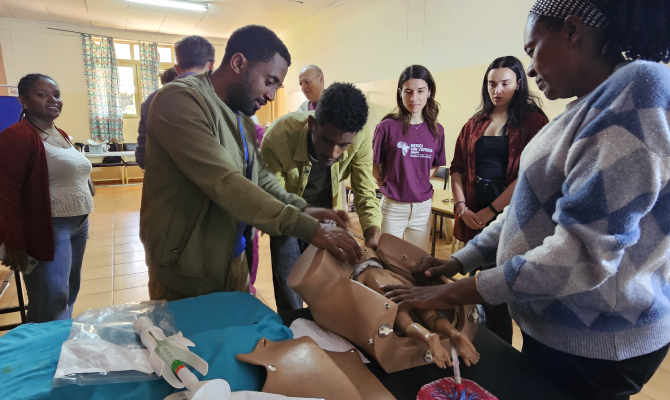
OdonAssist is safe and low-cost. The device, the brainchild of Jorge Odon – an Argentine mechanic, is a trademarked inflatable device for use in assisted vaginal birth (AVB). It is designed to be safer, easier to use, and more acceptable to women and obstetricians than the currently available instruments. The device works by placement of a circumferential air cuff over the fetal head, which generates a lower pressure than forceps. With this innovative design, the device combines 3 important mechanical principles that favor the progression of the fetal head, namely propulsion, flexion, and traction. It serves as a substitute for forceps and ventouse and, to a lesser extent, as an alternative to cesarean section. The latter is, in fact, becoming a growing trend in low-resource countries where, however, both the absence of specialized medical personnel and the lack of medical equipment make the surgery a risky procedure for the health of women and babies. Although the WHO has repeatedly expressed concerns about the overuse of cesarean section, often unjustified by clinical necessity, complications resulting from this surgical procedure remain among the leading causes of maternal and neonatal mortality, especially in the Global South.
«OdonAssist in Africa might indeed drive a change in delivery management, especially at peripheral level where the scarse ability in managing unanticipated complications represents a major risk factor for both women and newborns– said Fabio Manenti CUAMM Programme Manager for Ethiopia. By adopting Odon we might be able to reduce referrals to third level hospitals therefore avoid complications due to delay».
Ethiopia is the second most populous nation in Africa after Nigeria, with around 116 million inhabitants. It is also one of the fastest-growing economies in the region, with an estimated 7.2% growth in FY2022/23. However, it remains one of the poorest, with a per capita gross national income of $1,020. To date, the country’s maternal mortality ratio is at 401 per 100.000 live births. Despite showing some progress, those figures remain far from the SDG target of 70. The Country’s health system lacks capacity for specialty services both in terms of facilities and healthcare professionals. In light of these characteristics, the adoption of a modest yet hopefully effective innovation such as OdonAssist could promote the improvement of healthcare quality standards in maternal and child health. The device is not only extremely safe from a functional standpoint, but also user-friendly and therefore suitable for introduction in settings where only paramedical personnel operate.
